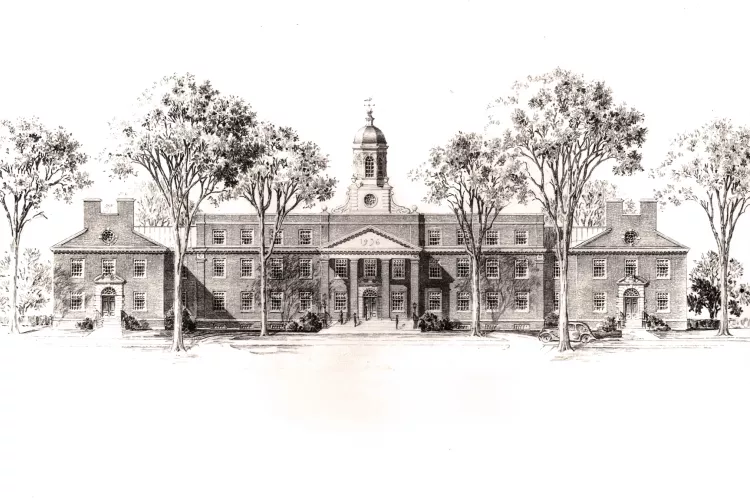UofL's Conn Center exploring industrial hemp
October 2, 2024The University of Louisville’s Conn Center for Renewable Energy Research has begun growing industrial hemp to enhance its research in fuels and manufacturing.
In partnership with the Kentucky Department of Agriculture and the University of Kentucky Agriculture Department, UofL researchers have planted hemp in a 40-by-40-foot plot adjacent to the center offices in The Phoenix House on the Belknap Campus. Nearby plots will be planted with switchgrass and kenaf, two other plants that have similar potential as fuels.
Unlike its better-known relative, marijuana, industrial hemp has none of the chemicals that produce a “high” for its users, making it worthless as a recreational drug. The hemp plant does, however, boast long, dense fibers that already are proving valuable in some manufacturing applications. It also has a woody core that may be effective once compressed as a supplement to or replacement for fossil fuels.
Research will be carried out by Jagannadh Satyavolu, biofuels theme leader at the Conn Center; Noppodon Sathitsuksanoh, assistant professor of chemical engineering; and Eric Berson, associate professor of chemical engineering.
Seven other Kentucky universities are conducting research on hemp, but UofL is the only one focusing on the plant as a fuel resource.
“Hemp is cleaner and cheaper to produce than coal, oil or other resources,” said Mahendra Sunkara, professor of chemical engineering and director of the Conn Center. “It could solve many of the nation’s future energy needs while providing a new, lucrative cash crop for Kentucky’s farmers.”
In addition to using the plot for research, the Conn Center will use the planting to educate the public on the uses for and benefits of industrial hemp.
“We want to eliminate the stigma that is attached to hemp,” said Andrew Marsh, the center’s assistant director. “When people learn the characteristics of the crop and understand its potential for economic development, we think they will become advocates for its production.”
Photos of the hemp plots are available here.



